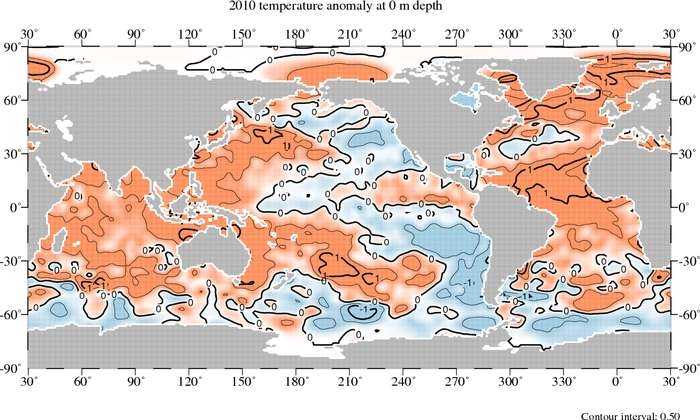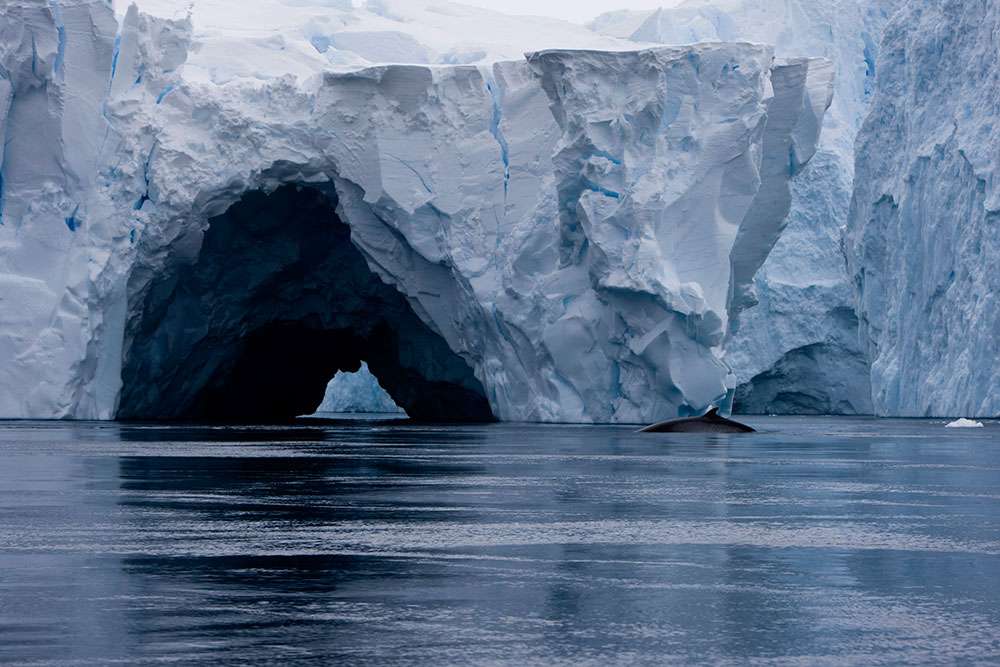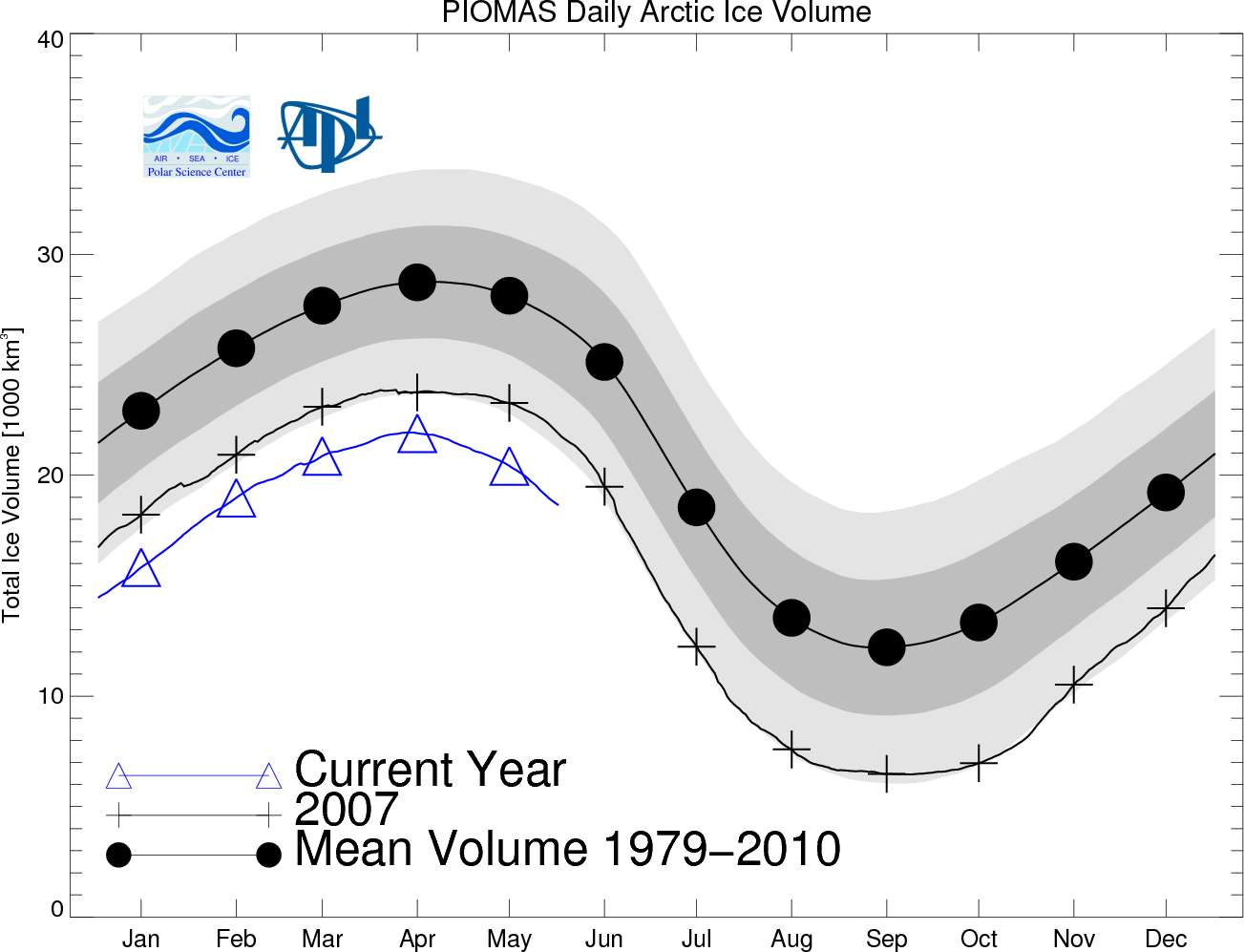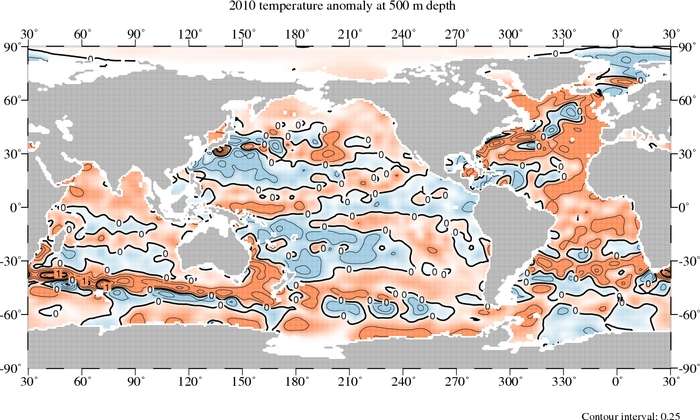The United States has warmed one half a degree F in the past decade and 1&1/2 degrees F in the past 3 decades according to the Climate Data Center which just released the new climate normals. It may not seem like much but greenhouse gases are warming the earth with over ten times as much heat as plate tectonics. Compared to geologic events such as ice ages and interglacials, which happen on time scales multiples of one thousand years the warming rate is a shocking 50 degrees per thousand years. And rising.
Rise in U.S.temperatures in new 30 year normals.
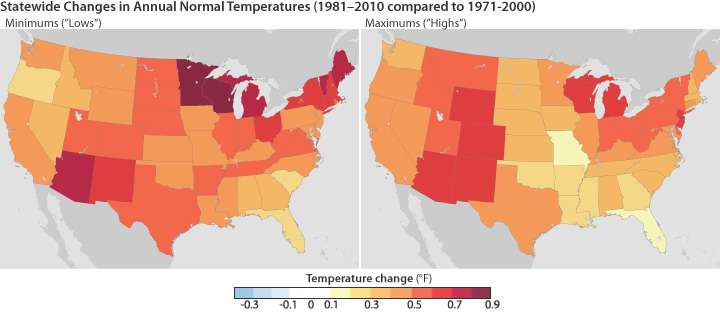
Human activities are putting CO2 into the atmosphere 100 times faster than volcanoes.
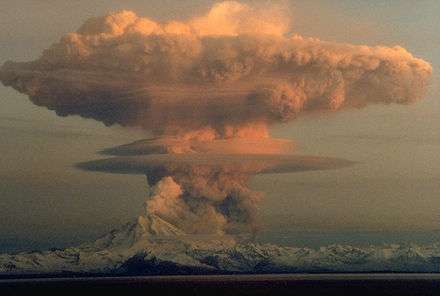
The rate heat is released from the earth – a measure of its natural “metabolic rate” – is well understood. It’s about 44 trillion watts, and reflects the average rate of energy transferred in moving all the continents, making all the mountains, the earthquakes and the volcanoes on our planet in a process we call plate tectonics.By way of contrast, the International Energy Agency estimates our human “energy system” operates at a rate of some 16 trillion watts.
So we are already operating at one-third the rate of plate tectonics, and with our energy use doubling every 34 years we are on course to surpass plate tectonics by about 2060.
Climate scientists talk about the climate sensitivity in terms of a “radiative forcing” – an obscure term that accounts for the rate of heat energy gain or loss due to a change in a climate parameter.
The radiative forcing of a doubling of CO₂ is about 1300 trillion watts – or 28 times the energy released by plate tectonics.
And we are well on the way to doubling CO₂. In the past hundred years we have added almost 40%, and warming that can only plausibly be attributed to a greenhouse effect is not only heating the atmosphere, but is also pumping heat into the oceans and the crust at a phenomenal rate.
The heat added to the oceans is having a catastrophic effect on sea and glacial ice.
Stronger ocean currents beneath West Antarctica’s Pine Island Glacier Ice Shelf are eroding the ice from below, speeding the melting of the glacier as a whole, according to a new study in Nature Geoscience. A growing cavity beneath the ice shelf has allowed more warm water to melt the ice, the researchers say—a process that feeds back into the ongoing rise in global sea levels. The glacier is currently sliding into the sea at a clip of four kilometers (2.5 miles) a year, while its ice shelf is melting at about 80 cubic kilometers a year - 50 percent faster than it was in the early 1990s - the paper estimates.
......
One day, near the southern edge of Pine Island Glacier Ice Shelf, the researchers directly observed the strength of the melting process as they watched frigid, seawater appear to boil on the surface like a kettle on the stove. To Jacobs, it suggested that deep water, buoyed by added fresh glacial melt, was rising to the surface in a process called upwelling. Jacobs had never witnessed upwelling first hand, but colleagues had described something similar in the fjords of Greenland, where summer runoff and melting glacier fronts can also drive buoyant plumes to the sea surface.
Arctic sea ice is melting this year at or above the record rates of 2007. Arctic sea ice volumes continue declining to levels well below 2007.
Enormous amounts of heat have been stored in the upper 2000 feet of the north Atlantic ocean, affecting weather patterns.
